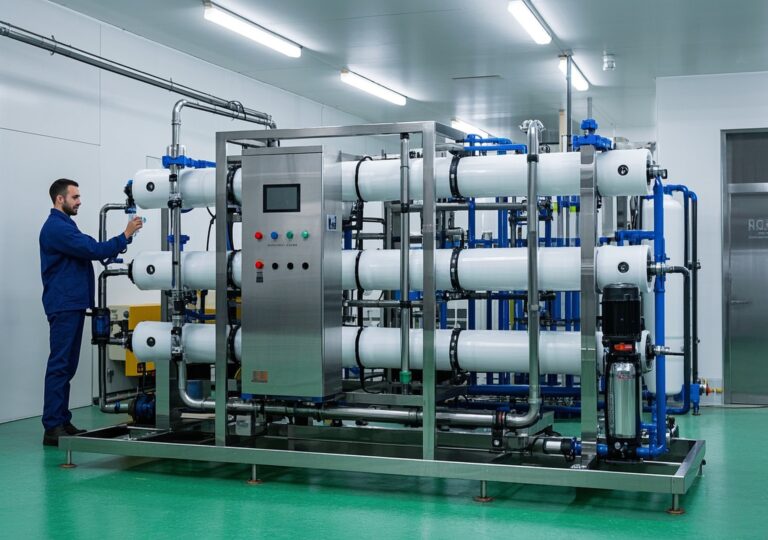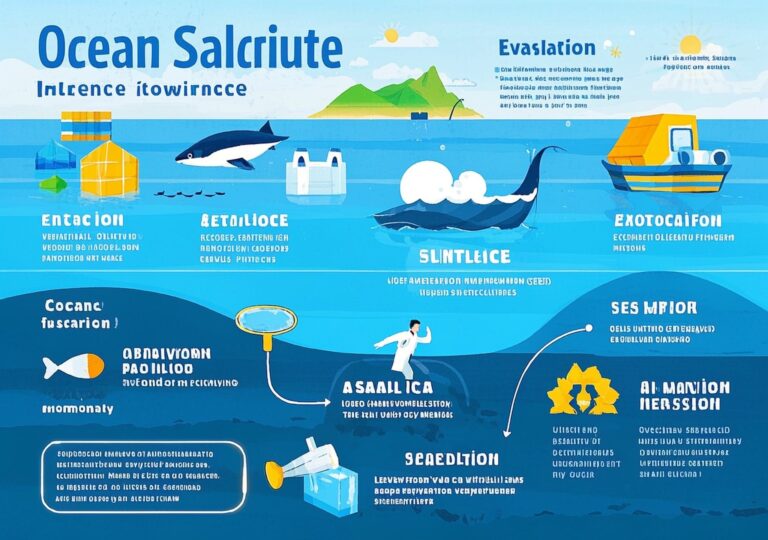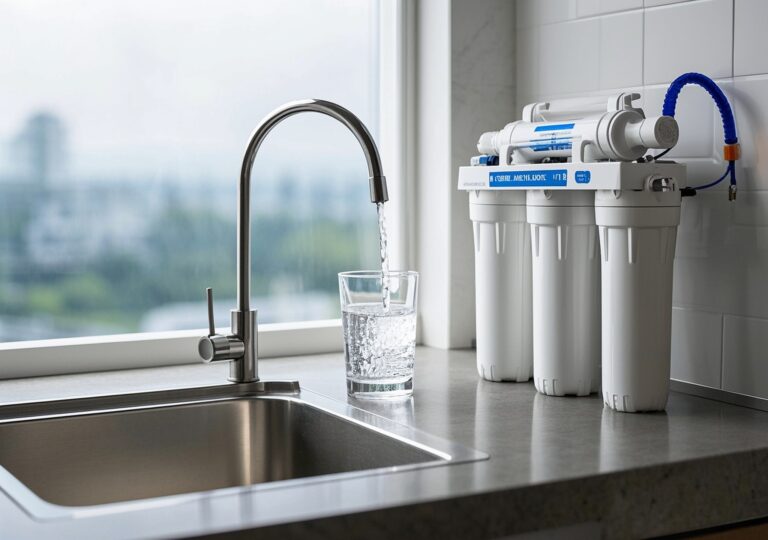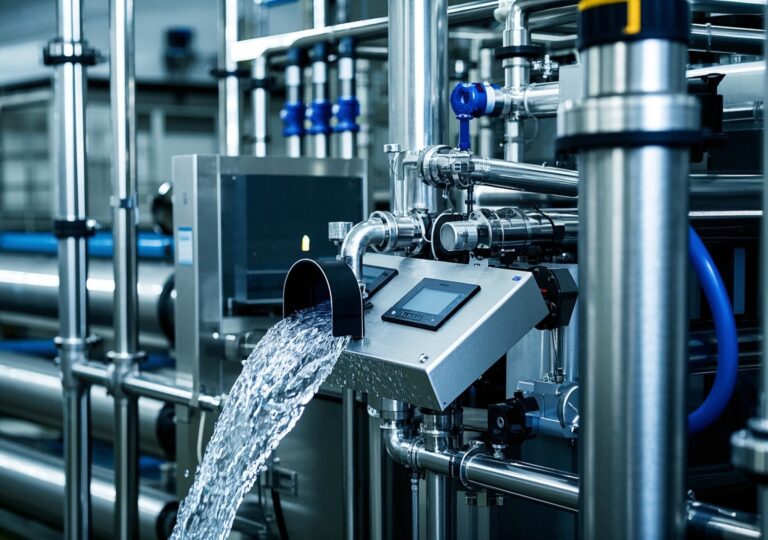Xenial Innovations Fuel Next-Gen Water Systems with Seawater Grill Applications

Xenial Innovations Fuel Next-Gen Water Systems with Seawater Grill Applications
As global water scarcity intensifies and industrial demands surge, cutting-edge seawater filtration technologies become pivotal in ensuring sustainable water supply. Among these, advanced seawater grill applications stand out by enhancing the efficiency and reliability of marine water purification systems. This article offers a comprehensive overview of the industrial water treatment landscape, focusing on innovative equipment, operational insights, and future market trends, particularly within emerging regions such as Africa, Southeast Asia, South America, and Asia.
1. Industry Context & Corporate Expertise in Industrial Seawater Treatment
In an era where environmental sustainability and regulatory compliance govern industrial operations, specialized water treatment manufacturers have elevated their focus on seawater systems. These companies leverage highly engineered seawater grill technologies to optimize the initial screening and filtration of seawater before it enters desalination or purification stages.
Core to their mission is the balance between operational excellence and environmental stewardship. High-performance seawater grills prevent marine debris intrusion, prolong membrane lifespan, and ensure compliance with stringent water quality standards prescribed by global entities such as ISO and WHO.
Strong research and development (R&D) capabilities underpin innovation in this field, enabling continuous advancements that improve water recovery rates while minimizing energy consumption — a critical factor given reverse osmosis’s predominant role in seawater filtration systems.
2. Comprehensive Product Portfolio: Tailored Solutions for Industrial Water Challenges
2.1 Advanced Seawater Grill Systems
Utilizing robust corrosion-resistant materials and automated cleaning mechanisms, these grills provide first-line defense by filtering out large particulates and biotic contaminants from untreated seawater. Key parameters include throughput capacity, bar spacing, and motorized rake functionality, ensuring minimal downtime and superior resilience in harsh marine environments.
2.2 Reverse Osmosis (RO) Filtration Modules
Post-grill pretreatment, seawater undergoes RO filtration, which excels at removing dissolved salts, organic compounds, and microbial contaminants. The RO units are designed for scalable industrial applications, integrating energy recovery devices to significantly reduce operational costs.
2.3 Ultrafiltration (UF) and Nanofiltration (NF) Units
These membrane systems complement RO by targeting specific impurity ranges, including colloidal particles and multivalent ions. Their high selectivity and low fouling properties optimize overall system performance.
2.4 Electrodeionization (EDI) and Capacitive Deionization (CDI) Technologies
These innovative ion removal methods enhance water quality for specialized uses within power plants and semiconductor industries, offering chemical-free regeneration and reduced environmental footprint.
2.5 Pre-treatment and Softening Equipment
Equipment like multimedia filters and chemical dosing systems condition incoming seawater, reducing scaling and membrane fouling propensity. These systems are especially critical in coastal industrial sites prone to variable seawater quality.
| Equipment Type | Key Specifications | Performance Advantages | Applicable Industries |
|---|---|---|---|
| Seawater Grill | Capacity: 500-5000 m³/hr Bar spacing: 4-10 mm Cleaning: Automated rake mechanism |
Debris exclusion Reduced membrane damage Low maintenance |
Desalination, Power Generation, Petrochemical |
| Reverse Osmosis | Recovery Rate: 35-50% Pressure: 15-60 bar Energy Recovery Included |
High salt rejection Energy efficient Compact footprint |
Municipal, Industrial, Oil & Gas |
| Ultrafiltration / Nanofiltration | Pore Size: 0.01-0.1 microns Flux: 50-150 LMH |
High selectivity Low fouling Improved RO RO longevity |
Food & Beverage, Pharmaceutical |
| Electrodeionization / Capacitive Deionization | Conductivity: <5 µS/cm Chemical-free operation |
Continuous ion removal Environmental friendly |
Power Plants, Electronics |
| Pre-treatment / Softening | Multi-media filtration Cation/anion exchange |
Scale control Membrane protection |
All sectors requiring seawater use |
3. Technological Innovations & Competitive Edges
By integrating patented automated cleaning cycles in seawater grill units, manufacturers dramatically decrease manual maintenance requirements. Furthermore, adopting corrosion-resistant alloys boosts system durability, cutting lifetime costs.
Comparatively, modern membrane modules demonstrate a 20-30% energy savings relative to legacy systems, primarily due to improved permeability and enhanced energy recovery devices. In my consulting work for a coastal desalination project in Southeast Asia, we witnessed membrane lifespan extended by 40% after retrofitting with advanced pre-treatment grills, confirming these efficiency gains.
Additionally, leveraging digital monitoring with IoT-enabled sensors provides predictive maintenance capabilities, minimizing unplanned outages. This proactive strategy has reduced downtime by 15% across multiple industrial sites in Africa where operational constraints and environmental exposure are challenging.
| Performance Aspect | Traditional Systems | Advanced Systems | Improvement |
|---|---|---|---|
| Energy Consumption (kWh/m³) | 5.5 – 6.5 | 3.7 – 4.5 | ~30% reduction |
| Maintenance Frequency | Monthly manual cleaning | Weekly automated cleaning | Reduced labor & downtime |
| Membrane Replacement Cycle | 1.5 – 2 years | 2.5 – 3 years | ~40% lifespan extension |
4. Market Positioning & Industry Outlook
The global seawater desalination market is projected to reach USD 45 billion by 2030, growing at a strong CAGR of over 10%. The industrial sector, especially in regions like Africa and Southeast Asia, is a primary growth driver due to rapid urbanization and acute water shortages. Companies excelling in seawater grill and membrane technology have positioned themselves as vital players enabling sustainable development.
Strategic alignment with international standards such as ISO 23446:2021 and NSF/ANSI certifications ensures compliance and bolsters product acceptance globally. Through industry collaborations and participation in standards committees, these manufacturers influence regulatory frameworks that underpin long-term market leadership.
5. Manufacturing Excellence & R&D Strength
Leading water system producers operate state-of-the-art manufacturing facilities featuring robotic assembly lines, stringent quality control, and environmental compliance certifications. These robust infrastructures enable consistent delivery of high-tolerance components critical for marine operation.
Furthermore, dedicated R&D teams collaborate with academic institutions and technology partners to pioneer novel materials—such as antifouling coatings—and optimize system designs for efficiency and resilience. Joint pilot projects in pilot desalination plants across Asia have yielded proprietary insights reflected in superior product populations.
6. Client Success Stories & Practical Applications
In one notable project in South America, deployment of advanced seawater grill-equipped filtration systems propelled a coastal desalination plant’s output by 18%, while simultaneously reducing membrane downtime by 25%. This translated to an annual operational savings exceeding $1 million.
Elsewhere, an energy-intensive petrochemical site in Africa benefited from the integration of electrodialysis modules alongside seawater grills, achieving ultrapure water quality critical for process integrity, while cutting chemical consumption by half.
7. Commitment to Environmental Sustainability
Across the board, manufacturers integrate green practices such as energy recovery, recyclable materials, and reduced chemical dosing into their design ethos. These initiatives lower carbon footprints and mitigate marine ecosystem impact.
The use of automated seawater grill technology also minimizes disruption to aquatic life by optimizing intake flow rates and reducing entrainment of small organisms, showcasing a synergy between operational success and ecological responsibility.
8. Next Steps: Engagement & Tailored Solutions
Prospective clients and partners are encouraged to engage directly with technology providers to explore customized industrial water treatment solutions aligned with operational goals and environmental compliance mandates.
Multichannel support channels, including virtual demos, technical consultations, and site evaluations, facilitate informed decision-making processes necessary for critical infrastructure investments.
References:
- Grand View Research, “Industrial Water Treatment Market Size | Industry Report 2033”
- Allied Market Research, “Water Desalination Equipment Market Worth $16.6 billion by 2030”
- Technavio, “Desalination Market Growth Analysis 2025-2029”
- Mordor Intelligence, “Water and Wastewater Treatment Technologies Market Analysis”
- ANSI Webstore, “NSF/ANSI Drinking Water Treatment Standards”
These references provide authoritative market data corroborating trends and technology efficacy discussed throughout this text.




